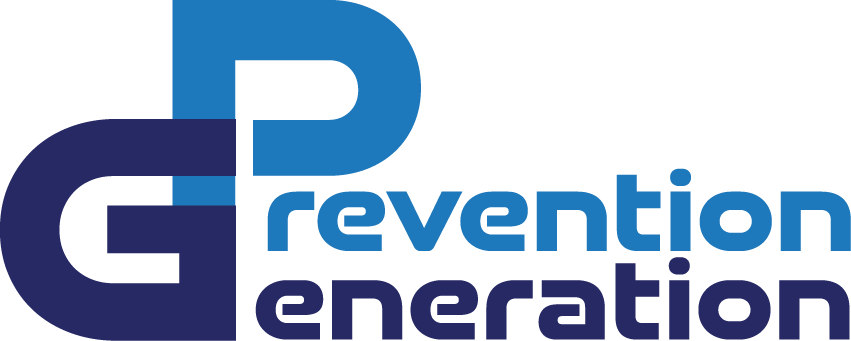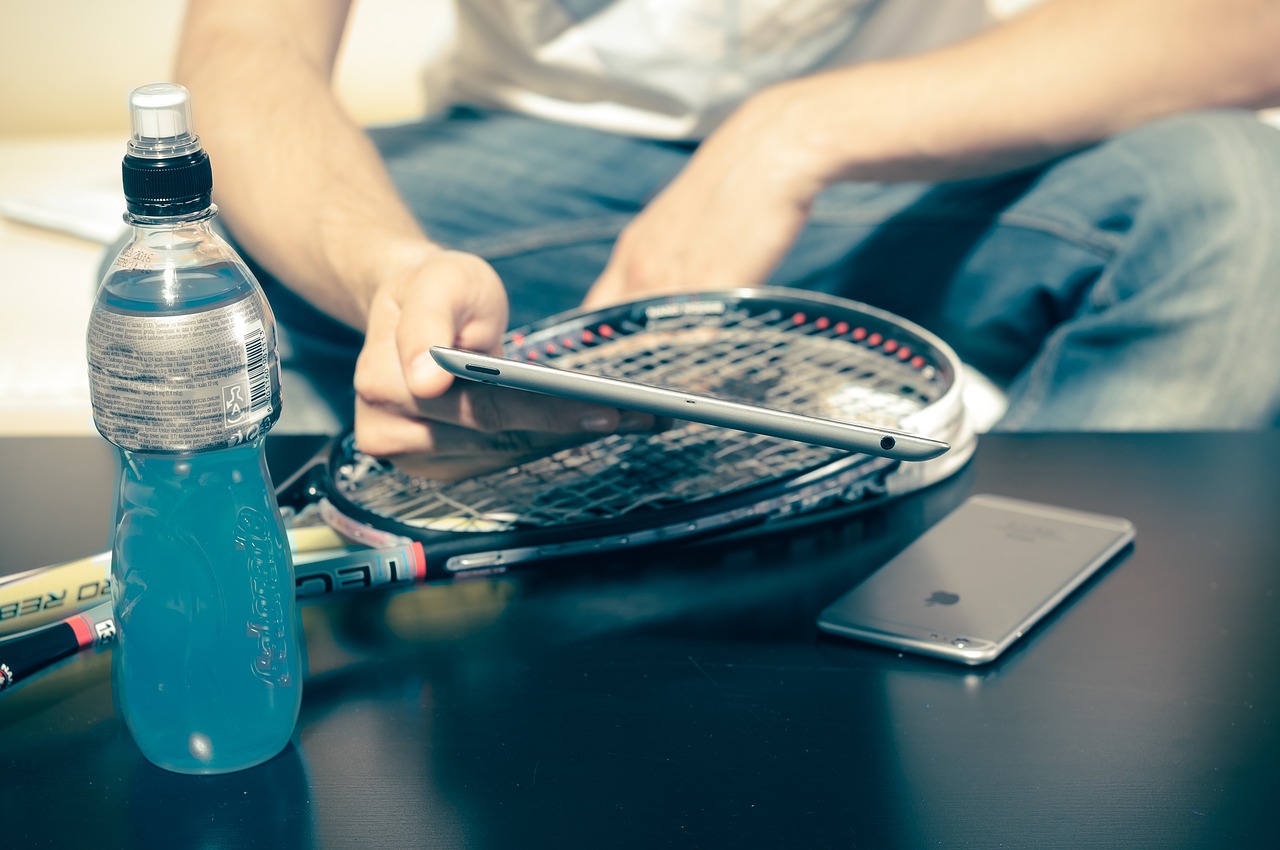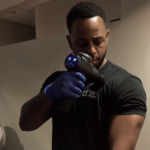With wearable devices becoming mainstream, more and more people are adopting this kind of technology and making it a part of their everyday lives. From the gadget fan who has to have the latest smartwatch to the retiree who uses a fitness tracker to help stay in shape, the number of people who are adopting wearables is steadily rising. One sector that’s taking a very keen interest in wearable technology is the healthcare sector, where wearable devices are coming into their own as a legitimate part of the medical professional’s toolkit.
Fitness trackers
Perhaps the most common type of wearable with healthcare applications is the ubiquitous fitness tracker. Once the preserve of hard-core fitness enthusiasts, you’ll now see fitness trackers on the wrists of everyone from teenagers to seniors out for a stroll. Fitness trackers collect a wealth of useful data from their wearers, creating a helpful overview of the person’s level of exercise and the overall state of health.
Smart health watches
Fitness trackers are useful, but the types of information they collect tend to be reasonably limited. Smart health watches are more sophisticated than the standard fitness monitor. They can gather information on the amount of time a person spends sitting down at work, how far they walk, how much their heart-rate increases with exercise, and even how much they’re sleeping. The healthcare implications of this kind of data are apparent. Medical professionals can use this information to assess risk, monitor fitness, and make lifestyle recommendations.
Smart health watches also provide a range of other functions not necessarily related to healthcare or fitness, such as making phone calls, sending text messages, and setting calendar reminders.
Because smart health watches can run applications similar to cellphone apps, they can be used to monitor specific issues in a way that standard fitness trackers can’t. This capacity is already being used for research, for example, into movement disorders in Parkinson’s disease. Expect to see more functions and especially a more significant role in research in the future.
Wearable blood pressure monitors
While many standard fitness trackers purport to collect data on heart rate and other aspects of cardiac function, they’re not so good at measuring blood pressure. Dedicated blood pressure monitors, however, can collect accurate information on a patient’s blood pressure in real-time. This enables doctors to get a much more realistic picture of a patient’s blood pressure than measurements taken once or twice a day. The first consumer wearables that monitor blood pressure have already gone on sale, with further devices planned to roll out in the coming years.
Wearable EKG monitors
Sometimes it’s necessary to monitor a patient’s heart function over a long period using an electrocardiogram (EKG/ECG). Once this might have meant dealing with cumbersome medical equipment, perhaps even a hospital stay. Today’s lighter, smaller, wearable EKG/ECG monitors allow patients to go about their day while still collecting the information required for their healthcare. Wearable monitors have the added advantage of allowing doctors to see how a patient’s heart behaves during day-to-day activities. Wearable EKG monitors have entered the consumer market, with devices such as the Move ECG going on sale in 2019. Increasingly sophisticated wearable heart monitors are likely going to become available in the future, both as consumer devices and as medical equipment.
Biosensors
Unlike the fairly simple sensors in your fitness tracker or smartwatch, biosensors are designed to attach directly to your skin. These small, light devices can collect data on a variety of physical functions, from heart rate and blood pressure to respiration and even temperature. Because they’re directly in contact with the skin, these devices are very accurate. The information they collect can then be relayed to another device for storage and processing.
Wearable devices are increasingly common, increasingly affordable, and increasingly sophisticated, boasting a range of attractive features besides their utility for fitness and healthcare. Choosing the best health wearable for you will depend on your needs. In general, aim for the higher end of the market — these will have more functions than cheaper devices and can offer better security for your health data.
Tap for recommended posts on the tags you don’t follow






